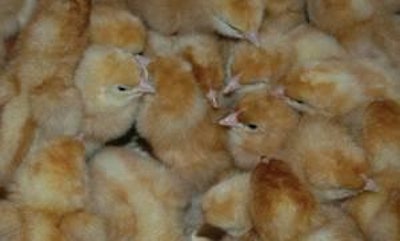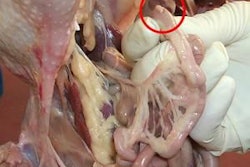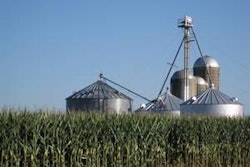
Modern egg layer breeding developed in the early 20th century, founded on a combination of traditional breeding methods with purelines, than combining the use of hybridization principles learned from corn breeders. The egg layer breeding industry, along with all animal breeding, has continued to evolve and incorporate new methodologies as they are developed by research in genetics. Progress has been rapid in the last 75 years. Will we continue to see sustained rates of genetic progress in egg layers? Will progress plateau? Or can we expect accelerated rates of genetic progress?
Currently egg layers can continue to improve with 2-3 more eggs added to the life cycle of the layer in each generation. One percent improvement in feed conversion per generation, 0.1% improvement in grow house livability and 0.2% improvement in adult livability continue to be sustained each generation. Improvements in all egg quality traits, such as reduction in percentage of undergrade eggs, improved shell appearance in color and shell strength will continue along with improved albumin quality, increased egg solids and continued reduction in inclusions in the egg such as meat or blood spots.
Improvements go beyond production traits
Along with these production traits improvements, continuous improvements will continue in bird social behavior, with better feather cover, reduced feather picking and cannibalism. Birds are again being selected for nest usage, a trait ignored from the 1960s to the turn of the current century. All these traits can be measured, evaluated, and therefore can be selected for improvement using current tools of animal breeding.
In animal breeding, however, the only constant is change. Housing and production systems continue to change and evolve for egg layers, from small backyard flocks of the early 20th century, to floor systems, to cage systems by the 1960s, and now to enriched cages, aviary systems, or modern floor systems for the 21st century. Breeders must be on the forefront of any change in order to respond to these changes demanded by the egg producers and the egg producers’ customers.
Selections made on the current generations of breeders must reflect the needs of the customers three to four years from now. This responsiveness to change requires a close industry relationship of the geneticists in the breeding companies with the trend markers of the egg industry. It requires breeding companies to continue close collaborative research with academic institutions to convert new findings in genetics into practical applications in industrial breeding programs. It requires industry geneticists to be as comfortable working in the chicken house as in the halls of higher learning of academia.
Recent collaborative work between academic scientists from Iowa State University, University of Wisconsin at Madison, and Edinburgh University along with industry scientists of Hy-Line International, Lohmann Tierzucht and Aviagen, has been making new breakthroughs in Whole Genome Selection (WGS). This rapidly advancing new frontier of animal breeding has come about due to the availability of high throughput genotyping of birds with very large numbers of genotypes being able to now be measured on each and every bird.
Genotypes can estimate breeding values
After the chicken genome was sequenced in 2004, millions of Single Nucleotide Polymorphisms (SNP) were developed, allowing the creation of specific SNP panels tailored to egg layer chicken lines to be developed by groups like Hy-Line, Lohmann and Aviagen working together. These SNP panels allow whole genome scans to be performed on individual chickens as a routine procedure. An individual’s own performance record, along with her relatives’ and her progeny records can then be used to train these panels to identified SNPs associated with each of the performances traits measured (usually around 30 traits for egg layer hens) in the populations. So the genotypes can now be a new way to estimate the breeding values of the individuals of the populations. The genotyping can be performed before the bird has its own record available, allowing selection to occur before phenotyping has been done.
The technology of WGS is opening up population’s structures in breeding programs. Hens can now have progeny with multiple sires, opening up more genetic variation than traditional breeding structures thus getting faster access to more natural genetic variation within populations for improved bird performance and well being. WGS allows more rapid generation turnaround time for egg layer populations which in turn will be translated into better rates of genetic gain with respect to time; here at Hy-Line we are confident we are halving the generation interval.
A key for social behavior
Finally the technique will provide accurate individual estimates of breeding values on traits which were here-to-fore selected on a family-breeding-value basis only. This is the key for traits with a social behavior component, such as many well-being and fitness traits and traits that are sex limited like egg laying. This improvement in accuracy is allowing better rates of genetic gain.
Even with the expanding basket of traits breeders must select, rates of genetic gain can continue to accelerate, and more accurate controls on inbreeding can now be concomitantly imposed in breeding programs. The science of genetics is on the forefront of delivering superior layers for the egg industry of the future.

















